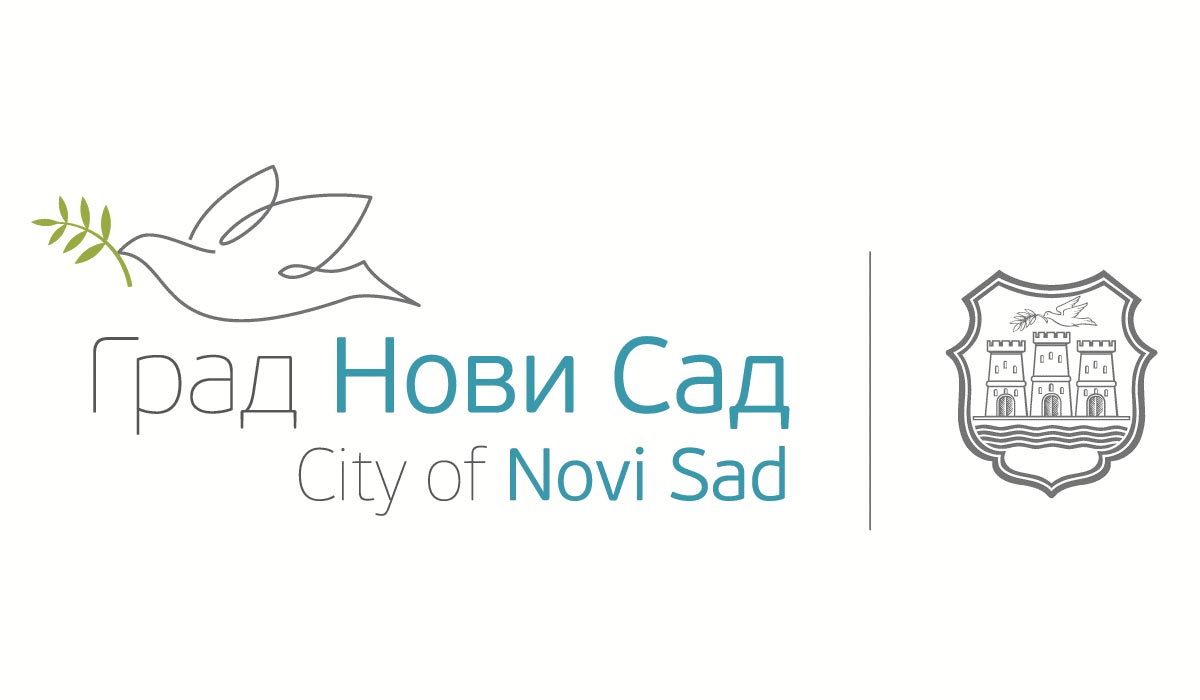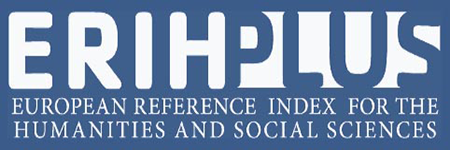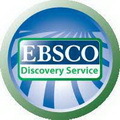THE IMAGE OF THE RIDER ON GRECO-ROMAN ENGRAVED GEMS FROM THE ISRAEL MUSEUM (JERUSALEM)
DOI:
https://doi.org/10.19090/i.2016.27.33-44Keywords:
Engraved gems, intaglios, horsemen, cavalry, Heros Equitans, Bellerophon, Dioscuri, Imperial riderAbstract
This paper explores the interpretations and context of equestrian Greco-Roman engraved gems kept at the Israel Museum in Jerusalem which had never been published prior to this study. It was written on the basis of a study which included photography, description, technical aspects, iconographic and stylistic analysis and, finally, dating the gems. In order to achieve this, they were compared to other known ones that had already been published.
The results indicate that horsemen frequently appear as subjects on intaglios. The Roman engraved gems drew their inspiration from established Greek rider imagery. Under the Roman Empire, the rider image became the preserve of that new divine figure, the emperor. The Imperial rider combined the attributes of a Bellerophon or the Dioscuri of the Classical period and an Alexander of the Hellenistic. Also, Gauls are fairly common in art and there are quite a number of Celtic/Gaulish horsemen on gems. Presumably, people wore such gems as a reminder of the iconic defeat of the Northern barbarians by the Attalids and more recent Roman triumphs. In addition, there are several examples of gems, on which appears a rider beneath whose horse a lion or another animal is lying. It is likely that this rider was perceived by the gem engraver and owner as some god or hero. Since these depictions of cavalry on gems are similar to the “Heros Equitans” image, possibly they were inspired by it and so were the depictions of the emperors.
Thus it is concluded that applying representations of riders on engraved gems demonstrates the possible wish of affluent, albeit ordinary people to resemble the ruling class as well as heroes through the purchase and use of these gems which also bear additional meanings of bravery and immortality.
Downloads
References
Adams, N. ‘The Garnet Millennium: The Role of Seal Stones in Garnet Studies’, in: N. Adams and C. Entwistle (eds.), Gems of Heaven: Recent Research on Engraved Gemstones in Late Antiquity, London: British Museum, 2011, 10-24.
Anderson, J. K. Ancient Greek Horsemanship, Berkeley: University of California Press, 1961.
Boteva D. ‘The “Thracian Horseman” reconsidered’, in: I. P. Haynes (ed.), Early Roman Thrace, New Evidence from Bulgaria, Rhode Island: Journal of Roman Archaeology, Journal of Roman Archaeology Supplementary Series 82, 2011, 84-105.
Brandt, E. Antike Gemmen in deutschen Sammlungen, Bd. I: Staatliche Münzsammlung München, München: Prestel, 1972.
Cermanović–Kuzmanović, A. ‘Heros Equitans’, Lexicon Iconographicum Mythologiae Classicae VI, Zürich: Artemis & Winkler Verlag, 1992, 1019-1081.
Dimitrova, N. ‘Inscriptions and iconography in the monuments of the Thracian Rider’, Hesperia, 71, 2002, 209-229.
Gliozzo, E., Mattingly, D. J., Cole, F. and Artioli, G., ‘In the footsteps of Pliny: tracing the sources of Garamantian carnelian from Fazzan, south-west Libya’, Journal of Archaeological Science, 52, 2014, 218-241.
Hamburger, A. ‘Gems from Caesarea Maritima’, ‘Atiqot, 8, 1968, 1-31
Hannestad, N. Roman Art and Imperial Policy, Aarhus: Aarhus University Press, 1986.
Harris, H. A. Sport in Greece and Rome, Ithaca, N.Y.: Cornell University Press, 1972.
Henig, M. ‘A Cornelian Intaglio from Aldborough’, The Yorkshire Archaeological Journal, 45, 1973, 180.
______. ‘Artistic patronage and the Roman military community in Britain’, in: A. Goldsworthy and I. Haynes (eds.), The Roman Army as a Community, Journal of Roman Archaeology supp. ser. 34 (1999), 150-164.
______. ‘The Meaning of Animal Images on Greek and Roman Gems’, in: M. Avisseau Broustet (ed.) La glyptique des mondes classiques – mélanges en hommage à Marie-Louise Vollenweider, Paris: Bibliothèque National de France, 1997, 45-53.
Henig, M. and MacGregor, A. Catalogue of the Engraved Gems and Finger-rings in the Ashmolean Museum, vol. 2: Roman, Oxford: Archaeopress, 2004.
Henig, M. and Whiting, M. Engraved Gems from Gadara in Jordan: The Sa’d Collection of Intaglios and Cameos, Oxford: Oxford University Committee for Archaeology, 1987.
Houser, C. ‘Alexander’s influence on Greek Sculpture as seen in a Portrait in Athens’, in: B. Barr-Sharrar and E. N. Borza (eds.), Macedonia and Greece in Late Classical and Early Hellenistic Times, Washington: National Gallery of Art, 1982, 228-238.
Johns, C. Horses: History, Myth, Art, Cambridge, MA: Harvard University Press, 2006.
Kazarow, G. 1918, ‘Heros (thrakischer)’, in: Realencyclopädie der classischen Altertumswissenschaft Suppl. III, Stuttgart : J.B. Metzlersche Buchhandlung, 1918, 1132-1148
Kurtz, D. and Boardman, J. Greek Burial Customs, London: Thames and Hudson, 1971.
Liapis, V. ‘The Thracian Cult of Rhesus and the “Heros Equitans”’, Kernos, 24, 2011, 95-104.
Maaskant-Kleibrink, M. Catalogue of the Engraved Gems in the Royal Coin Cabinet, The Hague: The Greek, Etruscan and Roman Collections, Hague: Govt. Pub. Office, 1978.
Mackintosh, M. The Divine Rider in the Art of the Western Roman Empire, Oxford: Tempus Reparatum, 1995.
Mattingly, D. J. (ed.), The Archaeology of Fazzan. Synthesis, vol. 1, London: Society for Libyan Studies, Department of Antiqities, 2003.
______. (ed.), The Archaeology of Fazzan. Excavations carried out by C.M. Daniels, vol. 3, London: Society for Libyan Studies, Department of Antiqities, 2010.
______. (ed.), The Archaeology of Fazzan. Survey and Excavations at Old Jarma (Ancient Garama) carried out by C.M. Daniels (1962-69) and the Fazzan Project (1997-2001), vol. 4, London: Society for Libyan Studies, Department of Antiqities, 2013.
Middleton, S. E. H. Engraved gems from Dalmatia, Oxford: Oxford University Committee for Archaeology, Institute of Archaeology, 1991.
Oppermann, M. Der thrakischen Reitter des Ostbalkanraumes im soannungsfeld von Grecitas, Romanitas und Lokalen Traditionen, Langenweisßach: Beier & Beran, 2006.
Pannuti, U. Catalogo della Collezione Glittica, Roma: Museo Archeologico Nazionale di Napoli, 1983.
Platt, V. ‘Making an Impression: Replication and the Ontology of the Graeco-Roman Seal Stone’, Art History, 29 (2), 2006, 233-257.
Richter, G. M. A. Animals in Greek Sculpture, New York: Metropolitan Museum of Art, 1930.
Sena Chiesa, G. Gemme del Museo Nazionale di Aquileia, Aquileia: Associazione nazionale per Aquileia, 1966.
Snodgrass, A. M. Arms and Armour of the Greeks, Ithaca, N.Y.: Cornell University Press, 1967.
Spier, J. Ancient Gems and Finger Rings, Malibu, California: J. Paul Getty Museum, 1992.
Walters, H. B. Catalogue of the Engraved Gems and Cameos: Greek, Etruscan and Roman: in the British Museum, London: The Trustees of the British Museum, 1926.
Waurick, G. ‘Helme der Hellenistischen Zeit und ihre Vorläufer’, in: W-D. Heilmeyer (ed.), Antike Helme: Sammlung Lipperheide und andere Bestände des Antikenmuseums Berlin, Mainz: Roemisch-Germanischen Zentralmuseum, 1988, 159-163.
Woysch-Meautis, D. La representation des animaux et des êtres fabuleux sur les monuments funéraires grecs de l’époque archaïques à la fin du IV siècle av. J.C., Lausanne: Bibliothèque historique vaudoise, 1982.
Zanker, P. The Power of Images in The Age of Augustus, Ann Arbor: Univ. of Michigan Press, 1988.
Zazoff, P. Antike Gemmen in Deutschen Sammlungen, Bd. IV, Hannover, Kestner-Museum; Hamburg, Museum für Kunst und Gewerbe, Wiesbaden: F. Steiner, 1975.
______. Die antiken Gemmen, München: C. H. Beck, 1983.
Zwierlein-Diehl, E. Antike Gemmen in deutschen Sammlungen, Bd. II: Staatliche Museen Preußischer Kulturbesitz Antikenabteilung, Berlin, München: Prestel, 1969.
______. Die antiken Gemmen des Kunsthistorischen Museums in Wien, Bd. I, München: Prestel Verlag, 1973.













